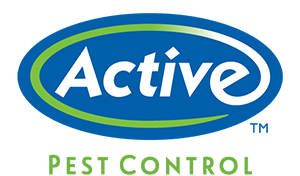It is fall and you know what that means? It is time for the holidays. What traditions do you share with your family? Do you go out together and pick some apples at the orchard to make some apple pies from scratch? Do you find some pumpkins, carve them into scary faces, and use the extra parts to make cider bisque, pumpkin gut bread–or toast the seeds in the oven? Is it your responsibility to make the signature dish that everyone looks forward to every year? Over the next three months, there are lots of reasons to be in the kitchen. Holiday traditions and food go together. Here are some tips to prevent pantry pests from accidentally making themselves part of your holiday food preparations.
- Many pests that invade our pantries come from outside of our homes. The first step to protecting pantry foods is to have someone seal up entry points in your exterior walls and foundation.
- When pests get into your pantry, you want to make sure that they have a hard time getting into your food. A good practice is to put all food that comes in cardboard or paper packaging into plastic containers that seal. Not only will this keep the aroma of those food products from luring pests in, it will keep resourceful pests from chewing their way in.
- Before pests get into your food, they often come into your pantry to nibble on food particles left on your shelves. It is a good practice to do a routine cleaning of your pantry shelves to make this food storage area less interesting to any bugs that have found their way inside. Be sure to get the floor too. Particles and dried liquids are all it takes to make pantry pests feel at home.
- Some pantry pests don’t come in from the outside, they are carried in. It is vital to check all of your food packages before you purchase them. Look for any holes or tears that beetles and weevils would take advantage of.
- Before the holiday cooking season, it is a great idea to check all of the expiration dates on your stored foods and throw away old products. Pests are especially attracted to foods that are expiring.
These tips should make a big difference in your pantry but sometimes, no matter what we do, pests find a way in. If you see pests in your pantry, and you’re in our Knoxville service area, contact Active Pest Control to fully resolve the problem before it’s time to get cooking.

